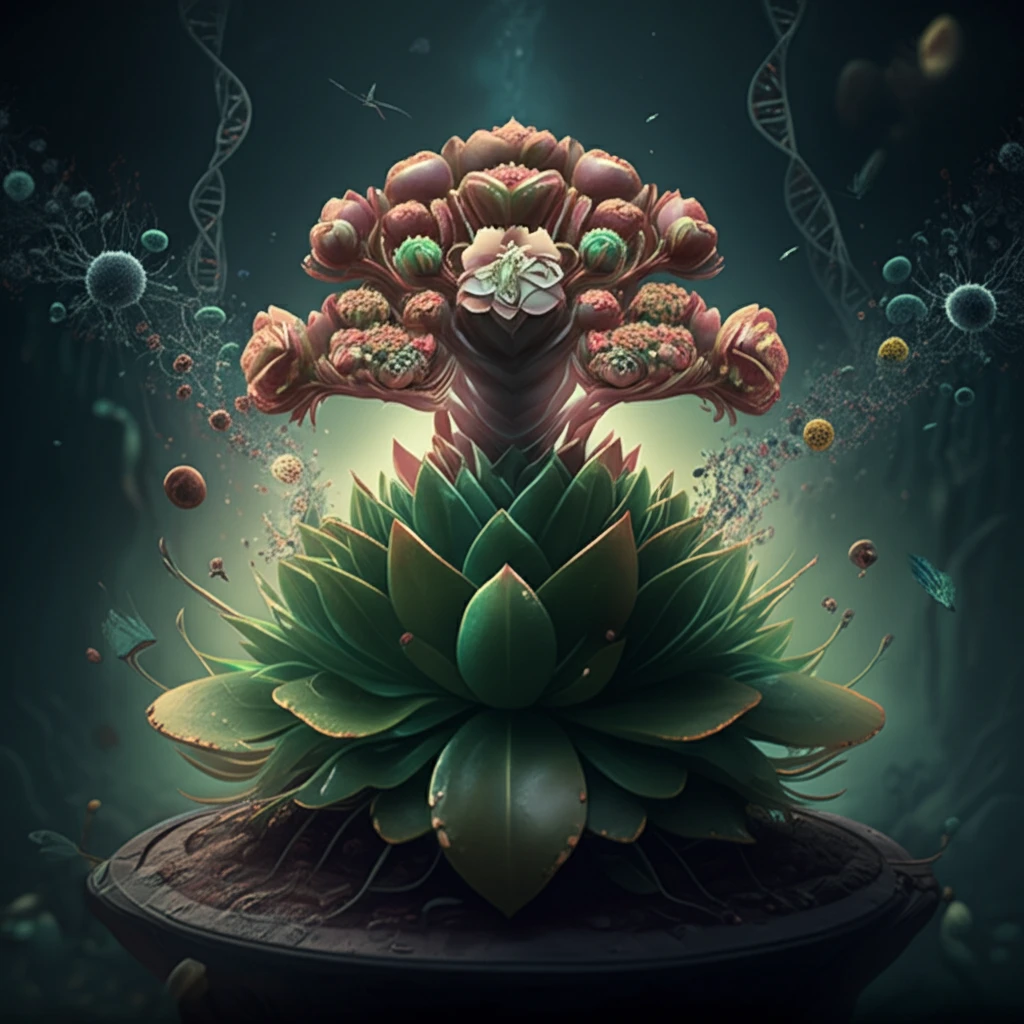
Kalanchoe: The Cancer-Fighting Succulent You Need to Know About
"Uncover the natural power of Kalanchoe, a succulent with promising chemopreventive properties. Learn how this plant could revolutionize cancer treatment."
Despite significant advancements in cancer treatments and diagnostics, cancer remains a leading cause of morbidity and mortality worldwide. With a projected 70% increase in new cases over the next two decades, the need for innovative prevention and treatment strategies is more critical than ever. This is where the Kalanchoe plant steps into the spotlight.
Kalanchoe, specifically the Bryophyllum subgenus, has garnered attention for its unique bioactive compounds with potential cancer chemopreventive properties. While modern medicine advances, interest in natural remedies and preventive measures grows—positioning plants like Kalanchoe at the forefront of research.
This article delves into the existing research on Kalanchoe, exploring its bioactive components, mechanisms of action, and potential applications in cancer prevention. We'll examine how this succulent could become a valuable tool in the fight against cancer, offering new hope and possibilities for future treatments.
Understanding Kalanchoe's Cancer-Fighting Potential

The cancer development process, known as carcinogenesis, is a multi-step process influenced by both genetic and epigenetic factors. Carcinogenesis can originate from mutagenesis, inflammation, and oxidative stress. Unlike older theories focusing solely on genetic mutations, current research recognizes the critical roles of DNA preservation, repair, and defense in preventing cancer. Disruptions in these protective mechanisms can lead to further mutations over time.
- Bioactive Compounds: Kalanchoe synthesizes unique phytochemical compounds.
- Chemoprevention: It holds potential in preventing cancer development.
- Research Focus: Further exploration is needed to unlock its full benefits.
- Biotechnological Applications: Advanced techniques are crucial for enhancing the production of these valuable compounds.
The Future of Kalanchoe in Cancer Prevention
While research on Kalanchoe is promising, further studies are crucial to fully understand its potential and ensure its safe and effective use. Overcoming limitations such as low concentration of active compounds in the plant requires innovative biotechnological approaches. As we continue to explore the natural world for solutions to complex health challenges, Kalanchoe stands out as a beacon of hope in the ongoing fight against cancer. Its unique bioactive compounds and potential mechanisms of action offer a compelling avenue for future research and development of novel cancer prevention strategies.
